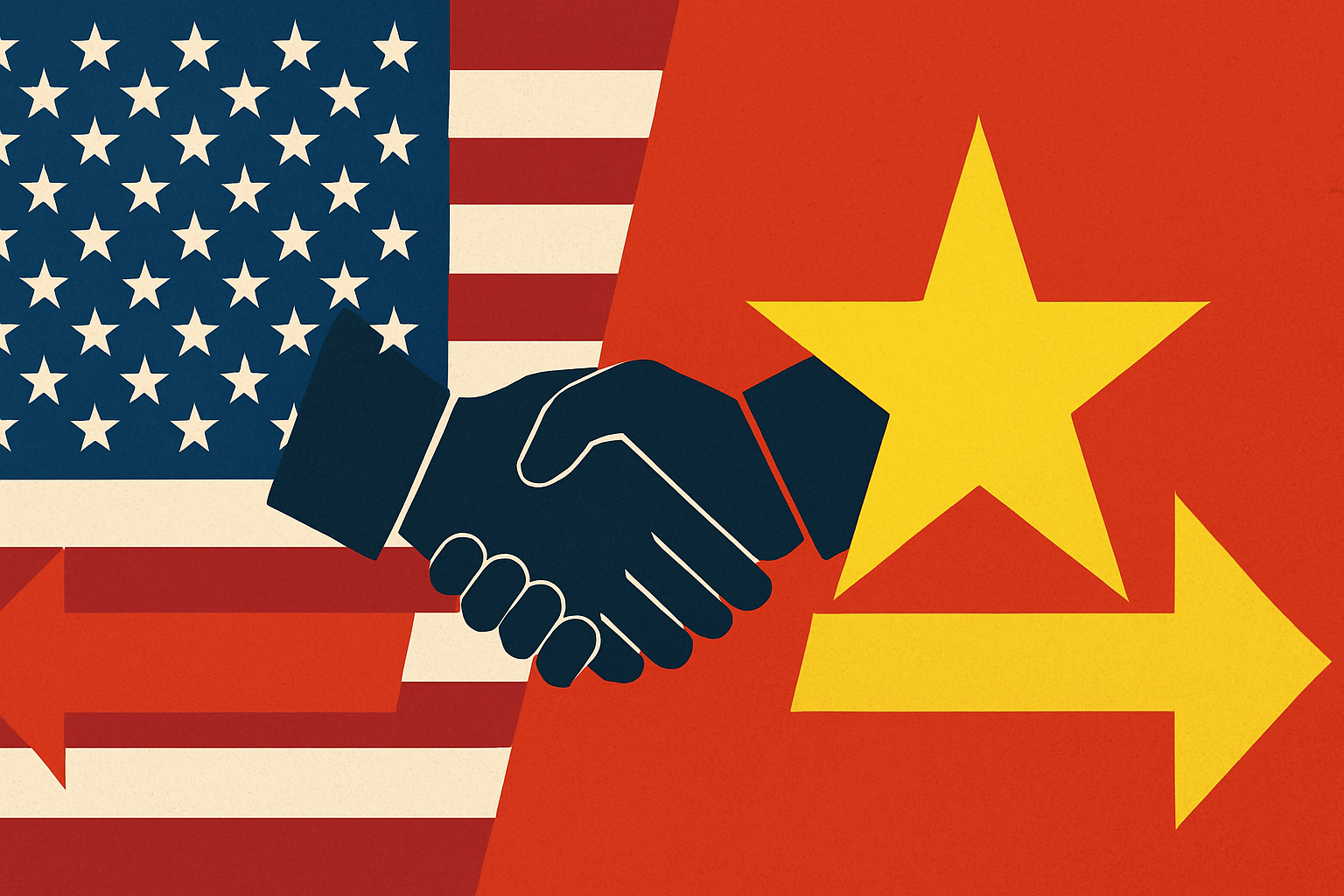President Donald Trump has announced a new trade agreement with Vietnam, marking only the second such deal finalized under his administration as a critical July 9 tariff deadline approaches. The announcement comes amid broader U.S. efforts to negotiate trade terms with key global partners before sweeping reciprocal tariffs are implemented.
Details of the agreement remain limited, but President Trump stated that the U.S. will impose a 20% tariff on imports from Vietnam and a 40% tariff on transshipped goods. In exchange, Vietnam has reportedly agreed to fully open its market to American products, allowing U.S. exports to enter the country tariff-free.
“This is something they have never done before,” Trump said in a July 2 post on Truth Social. “Vietnam will open their market to the United States, meaning we will be able to sell our product into Vietnam at zero tariff.”
The agreement was reportedly reached following a call between Trump and To Lam, the general secretary of the Communist Party of Vietnam. Vietnamese state media confirmed that both sides had agreed on a “reciprocal, fair and balanced” trade deal. During the conversation, Lam also urged the U.S. to officially recognize Vietnam as a market economy and to lift restrictions on high-tech exports to the country, according to Vietnam News Agency.
The announcement comes just days before the July 9 deadline, after which tariffs are set to increase unless trade deals are secured. Trump was asked on July 1 whether he would consider extending the pause on the tariff hikes. “No, I’m not,” he responded. “I’ll be writing letters to a lot of countries. And I think you’re just starting to understand the process.”
Earlier in the year, White House trade adviser Peter Navarro projected a flurry of agreements under the administration’s trade strategy, suggesting “90 deals in 90 days” were possible. However, progress has been slower than expected.
The first agreement under this push came in May with the United Kingdom, when Trump and Prime Minister Keri Starmer reached a post-tariff deal. A subsequent framework agreement was announced with China in June, in which the U.S. would collect 55% tariffs on Chinese imports, while China would levy 10% on American goods. Both countries also agreed to reduce previously imposed triple-digit tariffs as negotiations continued.
Japan had also been mentioned as a potential trade partner in this round of talks, but Trump expressed skepticism about reaching an agreement with Tokyo. “I doubt it with Japan — they’re very tough. You have to understand, they’re spoiled,” he told reporters.
As the July 9 deadline draws near, all eyes remain on the Trump administration to see if additional trade deals can be finalized to avoid the full brunt of the tariff hikes.



